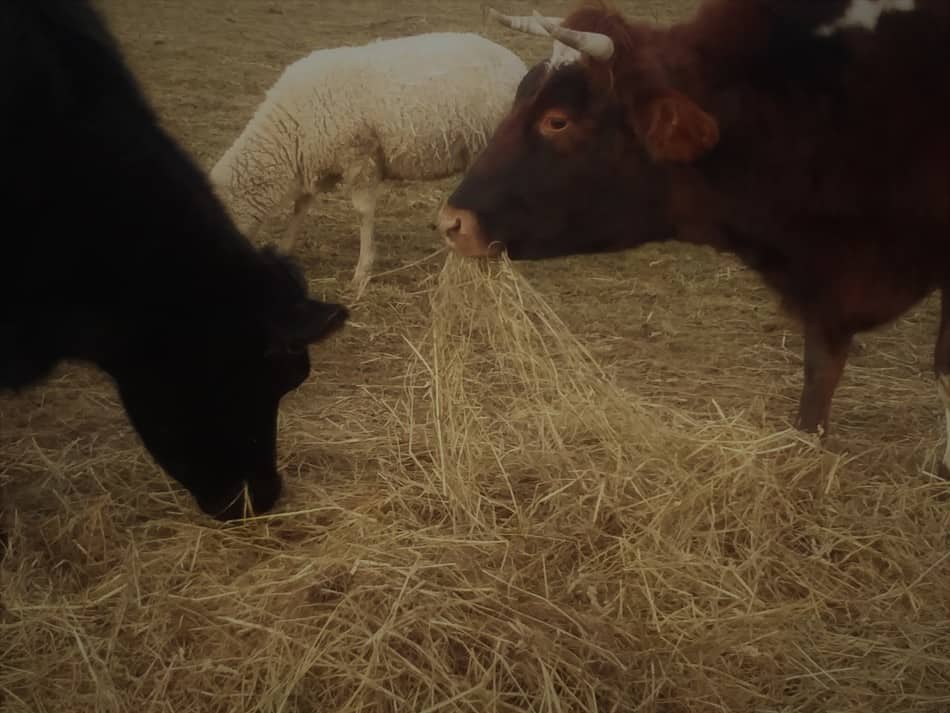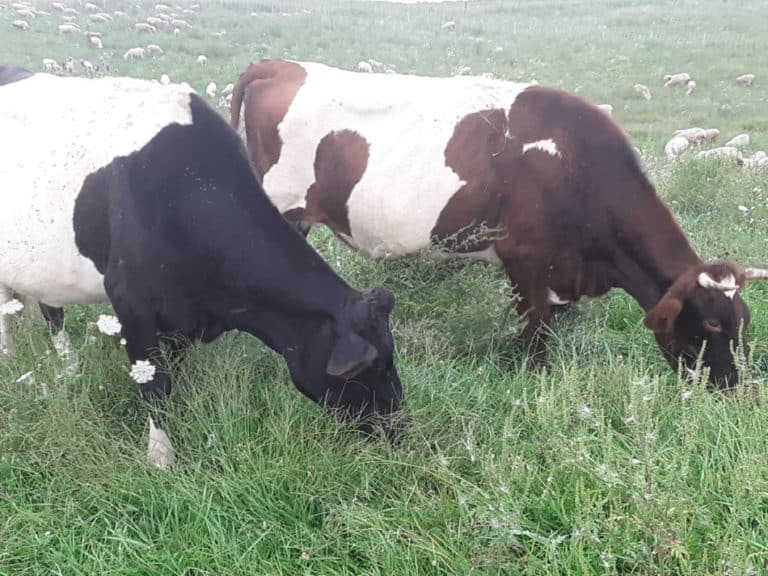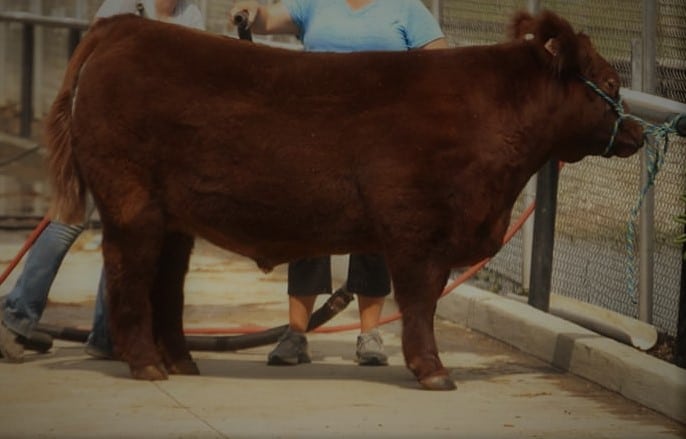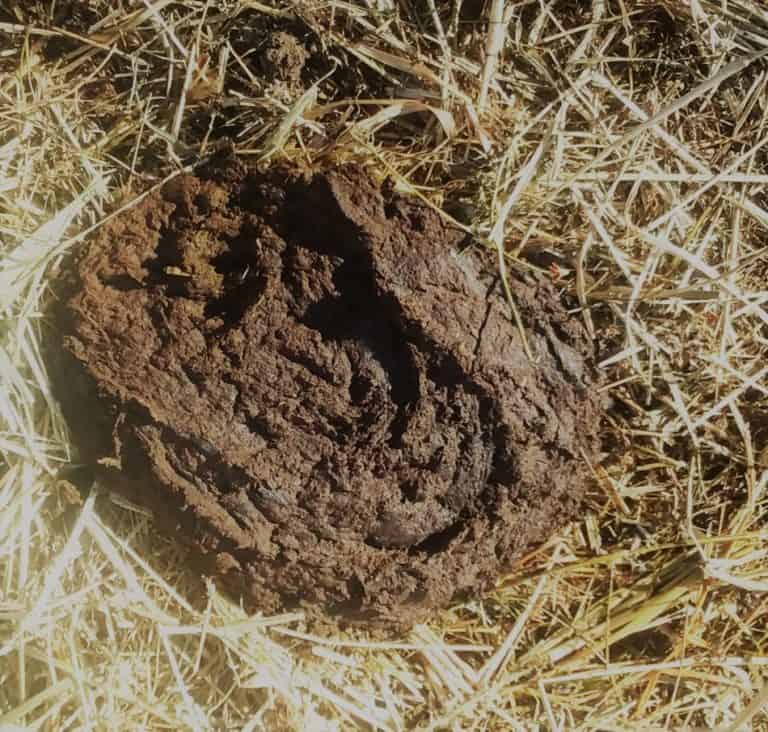Raising Cattle On Small Acreages: 5 Ways To Make It Happen!

Wanting to get started with cattle and have a few acres of land?
Maybe you look at your backyard and wonder “could we raise a calf or two here?” It’s more doable than you might think!
To raise cattle you will need some land, in our area the standard acreage is 1.5 acres per head. Your local extension office or state agronomy guide will have the numbers for your area. You can look into renting more land, keeping a few feeder cattle just for the growing season or supplementing your cattle with hay.
Lots of people who would love to have a family cow or a few calves get hung up on not having enough land, but seem to forget about the yard the currently are mowing or paying someone else to mow!
Maybe you see that your neighbors have 5 or 6 goats (or sheep), but didn’t realize that, together, those little guys are eating more than the hay or grass for one cow each day!
Using Grass To Feed Your Herd shows you how to best manage your pastures to maximize forage growth.
You can jump into backyard livestock as well, as long as you can see the opportunity that is right in front of you!
An easy comparison here is if people in your area are keeping a horse in their former yard, now pasture, then you can keep a cow or a few calves in the same space.
They really would be no different in space needs or time to take care of them.
The overarching idea here is that you need to expand your thinking and get a little creative!
Is your yard big enough for cattle? Go measure it and see what you have to work with?
Are there unused areas of grass on your way to work that are just begging for some grazing?
Look into it. There are multiple people who have land yet do not want to own cattle, see if one of them will work with you for the benefit of both of you!
Here are some of the options that I can think of for small or limited acreage cattle raising to get you started thinking:
1. Use cattle to graze your yard
Grazing your yard is an option available to anyone with some land or anyone with some neighbors with some land.
Especially if in your area other folks are keeping multiple goats or sheep or a horse or two. Now you are golden, you just have to see the opportunity!
With all of the advances in electric fencing, rotating your calves or cow through your yard is very doable! You can use non electric fencing, of course.
However, cattle do well with minimal electric fencing, when they are trained to the wire.
Plus, initial set up for an electric fencing system is going to be much cheaper than with a more traditional fence.
Green Pastures Farm is a good size cattle operation that uses mostly rented land for year round grazing in Missouri.

2. Rent unused land for cattle grazing
I have to admit, this one depends upon your area, but if there is unused land in your area, like the fields you see on your way to work, start asking around.
Land that is not being used will not be improving in fertility, use it or lose it applies to soil and plants, as well! Well managed grazing improves land, even land that was mismanaged in the past.
If you look around and see old barns and overgrown pastures with nothing going on with them, now you’ve got an opening. Stop in and ask.
Joel Salatin (link to a short bio on my People You Should Know page) of Polyface Farms frequently speaks and even wrote a book about about older farmers wanting someone to take over for them and not being able to find people!
That’s a huge untapped opportunity waiting for you to get started.
Another hidden in plain sight grazing opportunity would be right of ways, like under power lines, that are only growing weeds.
Or look into some of the vegetation control the county does in your area. Especially in wildfire prone areas, vegetation management is more economically done on the hoof!
Seasonally unused land for cattle
In our area, North Central Ohio, any land that is not being used for conservation programs will generally be used as crop land.
If you are in the same boat, competition with grain farmers is going to be tough, especially for someone just getting started.
However, as in most cases, there is an opportunity here as well. Consider grazing crop residue, I’m referring to gleaning corn fields.
Any volunteer corn that comes up next year is a problem for the next crop, but not if your cattle ate it!
Of course, having your cattle gleaning corn will only work for the non growing season, but that is at least 4 months of the year.
In the case of an early harvested field, it would be longer!
What’s with the sheep? This is about cattle!
Don’t let the sheep throw you, this video applies to cattle as well! It’s a video from our farm with our main flock of sheep. There are two cows with this group, as well.
3. Share cattle costs with a friend
Here’s a thought that may not have come to you: do you know anyone with land and ability/cattle knowledge that does not have a compelling reason to raise more cattle? Give them a good reason, you!
There are plenty of people that are in the opposite situation as you, they have some land for cattle, but no or very few cattle!
Think of ways that you could help them out by sharing costs or trading jobs. And get creative here!
Are you great with a computer, see if you can trade your abilities for your neighbor’s cattle abilities.
Maybe you love to cook, could you make your neighbor’s meals each week in trade for them raising a steer for you?
Another idea that is not commonly though of is that not all people enjoy raising the same things as you.
Are you a great gardener? Trade beef for produce.
Do you raise a few pigs every year? See if your cattle friend would like to trade some pork for some beef.
I know of multiple people who love pork and hate pigs! What about broilers, goats or lambs?
The main point here is that you are only limited by the ideas that you can come up with.
4. Get a bottle calf or two!
Most people think of cattle and automatically think of mature animals, but that does not have to be the case.
Especially if you live in a dairy cattle area, calves are available. Dairy calves are born every month of the year and not too many farms are keeping all of their calves!
Raise Dairy Beef is an article I wrote to help you figure out if raising a few dairy calves for beef is a good fit for you. In our area, dairy beef is a hugely overlooked opportunity for a person with limited acreage.
Maybe you don’t live anywhere near a dairy farm? You can still find bottle calves in the beef herds! Yes, beef calf bottle babies!
When a cow has twins, it will be tough for her to take care of both of the calves. Maybe she can do it, maybe she can’t.
Either way it’s risky to leave her and her babies to figure it all out on their own.
The most likely answer here is that one of the twins will need to be bottle fed or grafted on to another cow.
Grafted means the cow will take care of a baby that is not biologically hers, it does not always work!
Here’s an article that goes into handling twins in beef cattle Beef Calf Twins Need Special Care.
This means an opportunity for you! Put the word out to any beef farmers you know that you would like to buy a few calves that are not going to be raised by their moms, like twins.
A person just raising a few cattle will not have twins born very frequently but it will happen.
5. Buying supplemental hay is common practice
This last answer is for someone who has some land available but not enough to feed the cattle all year.
Of course, you should run some numbers and see exactly what you are talking about as far as feeding the cattle once the grass is eaten, but you may be surprised.
Tips To Buy High Quality Hay gives you the specific steps to identify great hay. These are the things we have learned over the years and still use every time we consider purchasing another load.
I’m always amazed at the thinking that buying hay for a horse on limited land is normal and doable, but buying hay for your cattle is on limited land is impossible, so you can’t have the cattle.
Not true at all. If you can feed hay to a horse for the winter, you can feed hay to a cow or a few calves for the winter, there is no difference.
In reality, all people who raise cattle will be buying hay for their animals, even farmers who do tons of year round grazing.
Some cattle raisers buy very little hay for the year, others rely on purchased hay quite heavily. Most cattle raisers are in the middle somewhere.
Check out Greg Judy in my People You Should Know page for a great example of minimal hay purchasing and creative grazing!
I know that some people may consider buying hay to be the logical other half of grazing your yard, and true, it is.
The catch is that not everyone, especially someone new to livestock, will realize that most cattle raisers buy at least some hay per year. If they can buy hay for their cattle, so can you!
Summary
You are only limited by your imagination and ingenuity. Start thinking about what you can do (vs what your limitations are) and you’ll come up with something.
It could be that what you’ll come up with is that sheep or goats are actually a better fit for you than cattle.
This is good news! It’s always easier (for you and the animals) and more economical to raise the right animal in the right place.
Now that you have an idea of where to start, you can take action! FYI: all the tips above apply to sheep or goats as well! Get to thinking and figure out ways for you to make it work!




